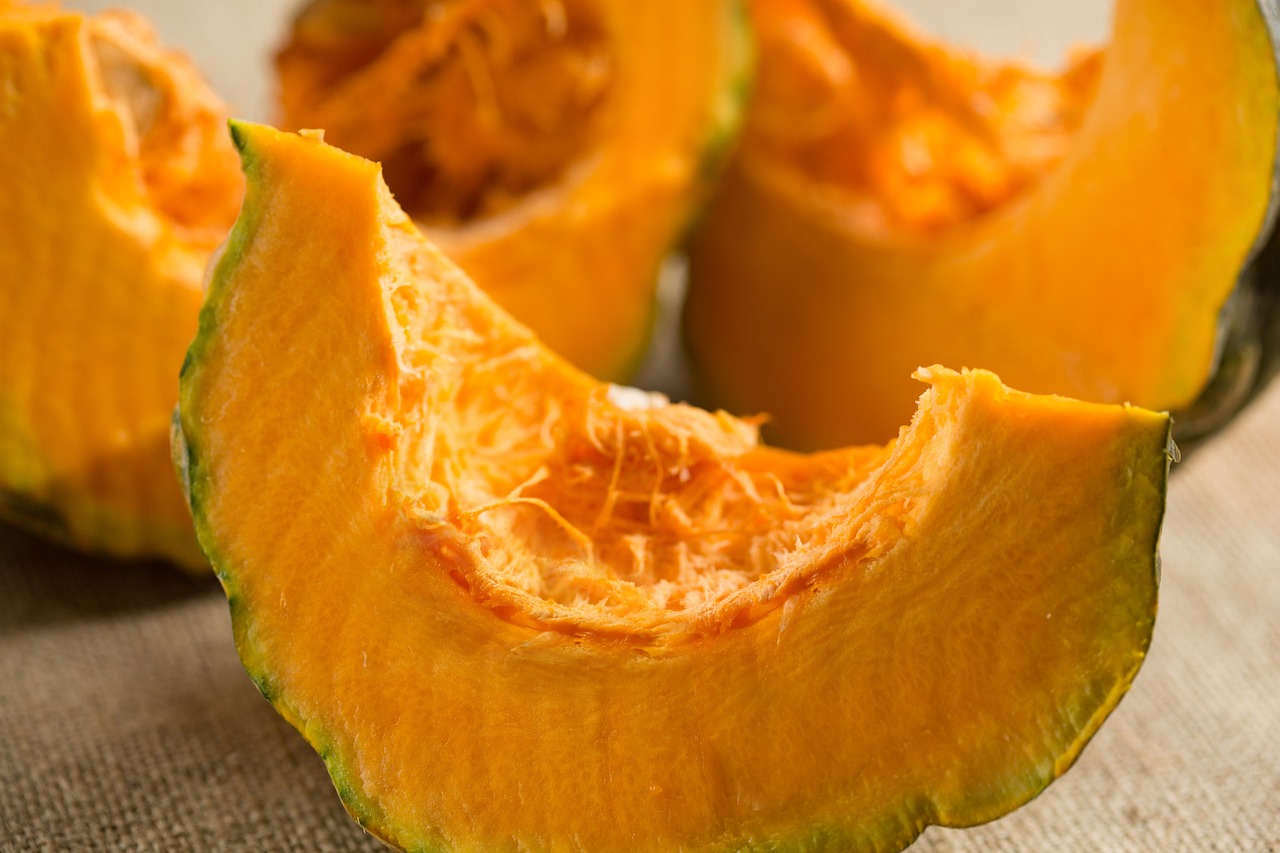“`html
In recent years, the high-protein diet has surged in popularity, captivating fitness enthusiasts, health-conscious individuals, and those simply looking to alter their eating habits. But what exactly should you expect from such a diet? This guide delves into the fundamentals, advantages, and strategies involved in adopting a high-protein diet, helping you make informed choices to enhance your health and wellness.
Understanding the High-Protein Diet
A high-protein diet typically includes a significant increase in protein intake while reducing carbohydrates and fats. Protein comprises amino acids, essential for growth, repair, and energy balance. But how do you define “high-protein”? Generally, a diet that consists of 25-30% of total daily calories from protein qualifies as high-protein.
Recommended Protein Sources
- Animal-based Proteins:
- Lean meats (chicken, turkey, beef)
- Fish and seafood (salmon, tuna, shrimp)
- Dairy products (Greek yogurt, cottage cheese)
- Eggs
- Plant-based Proteins:
- Legumes (lentils, chickpeas, black beans)
- Tofu and tempeh
- Nuts and seeds (almonds, chia seeds, hemp seeds)
- Whole grains (quinoa, farro)
Benefits of a High-Protein Diet
Embracing a high-protein diet can offer numerous health benefits, making it an attractive option for many.
Weight Management
- Protein-rich foods have a higher satiety level, reducing hunger and curbing cravings.
- Lower overall calorie consumption can lead to weight loss or maintenance.
Muscle Development and Recovery
- Increased protein intake fosters muscle repair and growth, especially when combined with strength training.
- Post-exercise recovery can be enhanced, improving athletic performance.
Improved Metabolism
- Protein has a greater thermic effect (TEF), meaning the body burns more calories digesting protein than fats or carbohydrates.
- Increased muscle mass can lead to a higher resting metabolic rate (RMR).
Tips for Starting a High-Protein Diet
Transitioning to a high-protein diet doesn’t have to be overwhelming. Here are some practical tips to get you started:
Plan Your Meals
- Identify high-protein foods you enjoy and incorporate them into your meals.
- Meal prep to ensure you have healthy options ready.
- Consider experimenting with recipes that utilize protein-rich ingredients.
Balance Your Macronutrients
- Strive for a balanced intake of carbohydrates and healthy fats to ensure you meet your body’s needs.
- Consult with a nutritionist or dietitian for personalized advice.
Potential Challenges of a High-Protein Diet
While a high-protein diet can be beneficial, it’s important to be aware of potential challenges:
Nutritional Deficiencies
- Relying too heavily on protein can lead to inadequate intake of vitamins and minerals.
- Ensure you are consuming various fruits, vegetables, and whole grains.
Digestive Issues
- Excessive protein can lead to digestive discomfort for some individuals.
- Stay hydrated to support digestion and consider gradual increases in protein intake.
Conclusion
A high-protein diet can be a transformative approach to achieving health and fitness goals, from weight management to muscle development. By understanding the fundamentals, benefits, and practical application of a high-protein diet, you are better equipped to make informed choices that can lead to lasting change. As with any dietary shift, consulting with healthcare professionals can provide personalized guidance, ensuring your journey towards a high-protein diet is effective and sustainable.
“`






